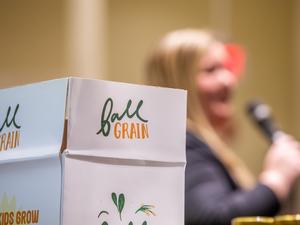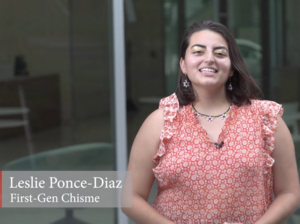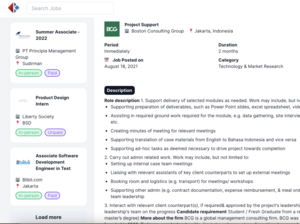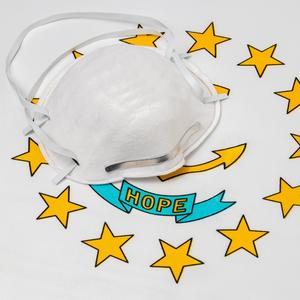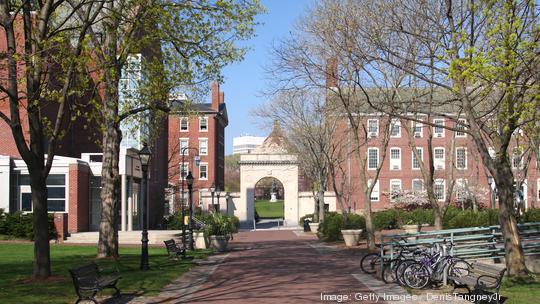
Amid a growing spike in Covid-19 this winter, a new test developed by researchers at Brown University and Rhode Island Hospital could provide a quicker, less-invasive process.
Instead of the traditional swab, the "Bubbler," as it's been named by its creators, reverse-transcribes RNA from airborne SARS-CoV-2 in the user's breath.
The research appeared in this month's Journal of Molecular Diagnostics but started in earnest in March 2020, according to lead investigator William Fairbrother, a professor in the Brown University Department of Molecular Biology, Cell Biology and Biochemistry.
Fairbrother said research teams at the university began looking at developing new testing methods early last year after supply chain shortages and capacity for processing Covid tests had led to nationwide backlogs.
Typical tests for SARS-CoV-2 have a multi-step method that requires RNA extraction, treatment, conversion into DNA and finally analysis. By adding a gas trap, an enzymatic reaction mixture, and cold mineral oil to a tube, the researchers were able to detect viral RNA and convert it to DNA, where it could then be measured using a PCR instrument, Fairbrother explained.
"We're able to skip steps, which then provides a faster, direct sample which is less vulnerable to supply-chain issues," he said. "Testing the human breath is also a lot more relevant, since most of the severe consequences from COVID, like pneumonia, happen in the lower tract."
Working closely with Gregory D. Jay in the emergency department at Rhode Island Hospital between May 2020 and January 2021, Fairbrother and his team experimented with 70 patients, testing samples from both the Bubbler and conventional swab tests. Results showed that the Bubbler readily detected SARS-CoV-2 in the patient's breath and suggests the viral signal detected in the Bubbler comes from active viral particles.
The Bubbler can also barcode that DNA, Fairbrother said, allowing samples to be tracked and sequenced.
"We use six random nucleotides to mark the samples which allows us to track, record and analyze them," he said. "Instead of just getting positive and negative readings, you can look at distinguishing between strains."
Combining a vacuum with the new test could also lead to new methods of mass testing, especially indoors, Fairbrother added. If the Bubbler was integrated with a building's ventilation system it could be used to provide a more accurate snapshot of airborne infection down the road.
"This technology could be used to monitor and analyze the air for any closed system, but especially those that rely on those structures like hotels, cruise or military ships. That's the question: How do you routinely test places like that? And this could be an answer." he said.
